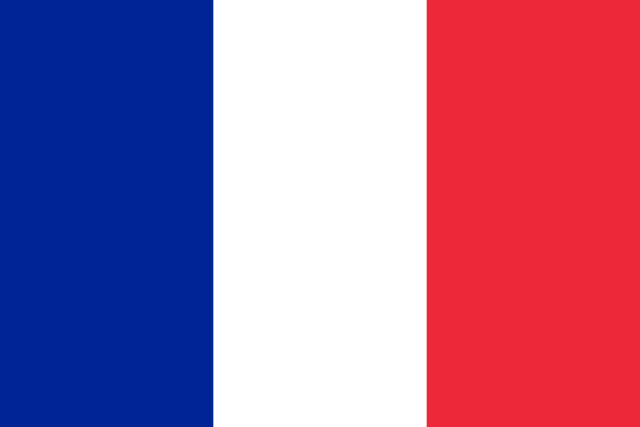Country Information
| Sovereign State | No (Crown Dependency of the United Kingdom) |
| Country Codes | JE, JEY |
| Official Name | Bailiwick of Jersey |
| Continent | Europe |
| Capital | Saint Helier |
| Government Type | Parliamentary democratic constitutional monarchy |
| Currency | Jersey Pound (JEP), Pound Sterling (GBP) |
| Calling Code | +44 |
| Member Of | Not a member of the United Nations but has a special relationship with the European Union |
| Population | Approximately 108,000 (as of 2023) |
| Total Area | 119 square kilometers |
| Highest Point | Les Platons (143 meters or 469 feet) |
| Lowest Point | Sea level |
| GDP Per Capita | Estimated around $57,000 USD |
| Life Expectancy | Comparable to the UK, around 81 years |
| Internet TLD | .je |
Jersey National Anthem
Island Home (unofficial)
Beautiful Jersey, gem of the sea
Home of my childhood, I’m dreaming of thee
Now I am far from thy shore
Let me hear thy voice once more
Flags of Neighboring Countries


History of the Jersey Flag
The flag of Jersey, a British Crown Dependency located near the coast of Normandy, France, is steeped in history and symbolism. Officially adopted on June 12, 1979, the flag is a red saltire (a diagonal cross) on a white field, with the Plantagenet crown in the top left quadrant, symbolizing Jersey’s loyalty to the British Crown.
The red saltire is believed to be derived from the St. Andrew’s Cross, reflecting the historic ties between Jersey and the Duchy of Normandy. The island was part of the Duchy until 1204 when it chose to remain loyal to the English Crown after Normandy was reclaimed by France. This cross also appears on the flag of St. Patrick, reflecting the island’s historical connections with Ireland and the influence of St. Patrick’s missionaries in Jersey.
The inclusion of the Plantagenet crown in 1981 is particularly significant. It not only represents Jersey’s status as a self-governing Crown Dependency but also honors its historical allegiance to the English monarchy, especially during the medieval period when the Plantagenet kings ruled England and large parts of France.
Throughout its history, Jersey’s flag has been a symbol of its unique cultural identity, blending Norman-French and British influences. The flag’s colors are also reflected in the island’s coat of arms and other official symbols. The adoption of this flag marked a significant moment in Jersey’s history, as it was the first time the island had its own distinct flag, separate from the Union Jack or the Flag of England.
The flag is a source of pride and is prominently displayed during national celebrations, such as Liberation Day, commemorating the island’s liberation from German occupation in World War II. The flag of Jersey symbolizes the island’s resilience, its rich history, and its enduring relationship with the British Crown. As a symbol of identity and autonomy, the Jersey flag is an integral part of the island’s cultural heritage and its status within the British Isles.

